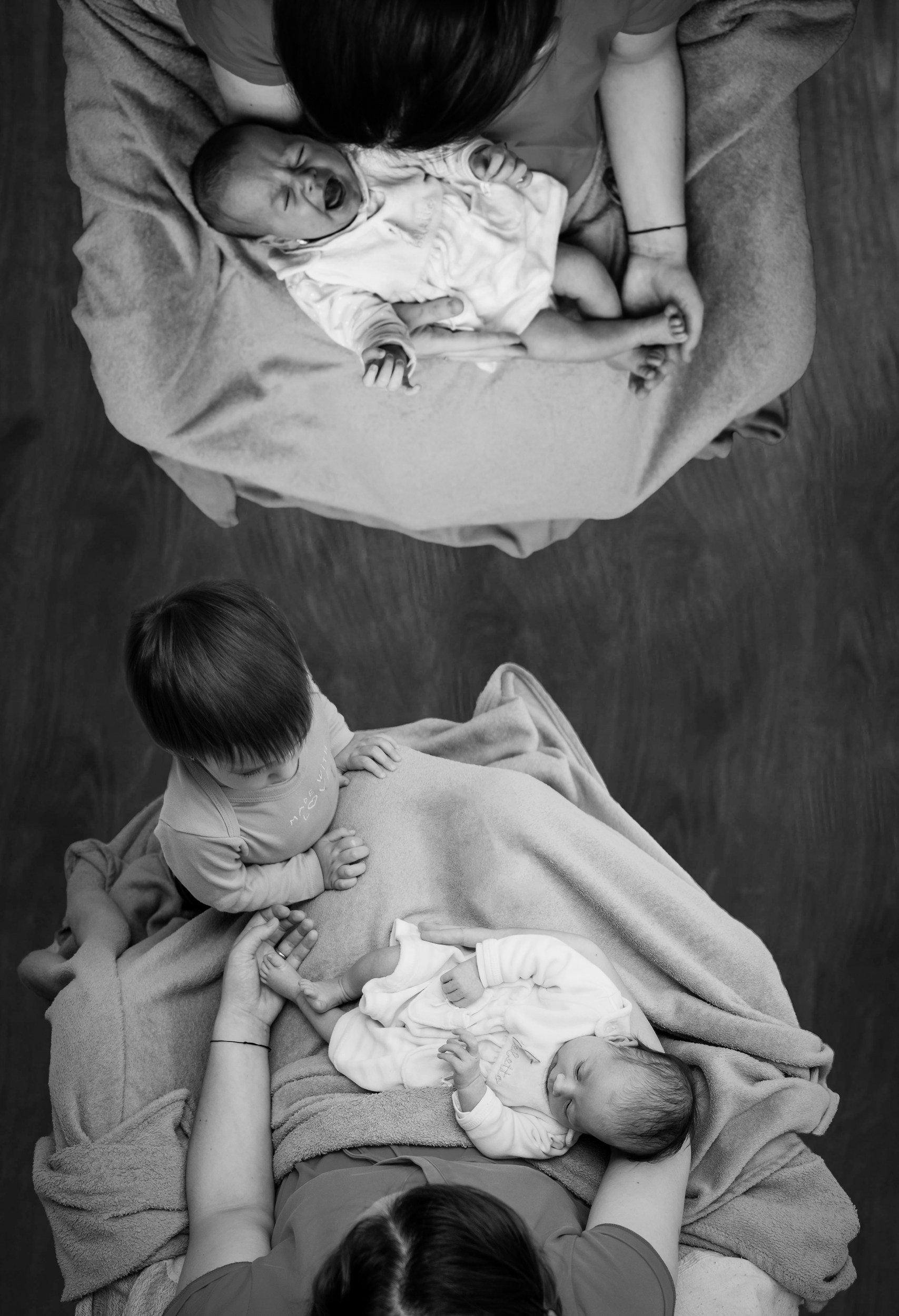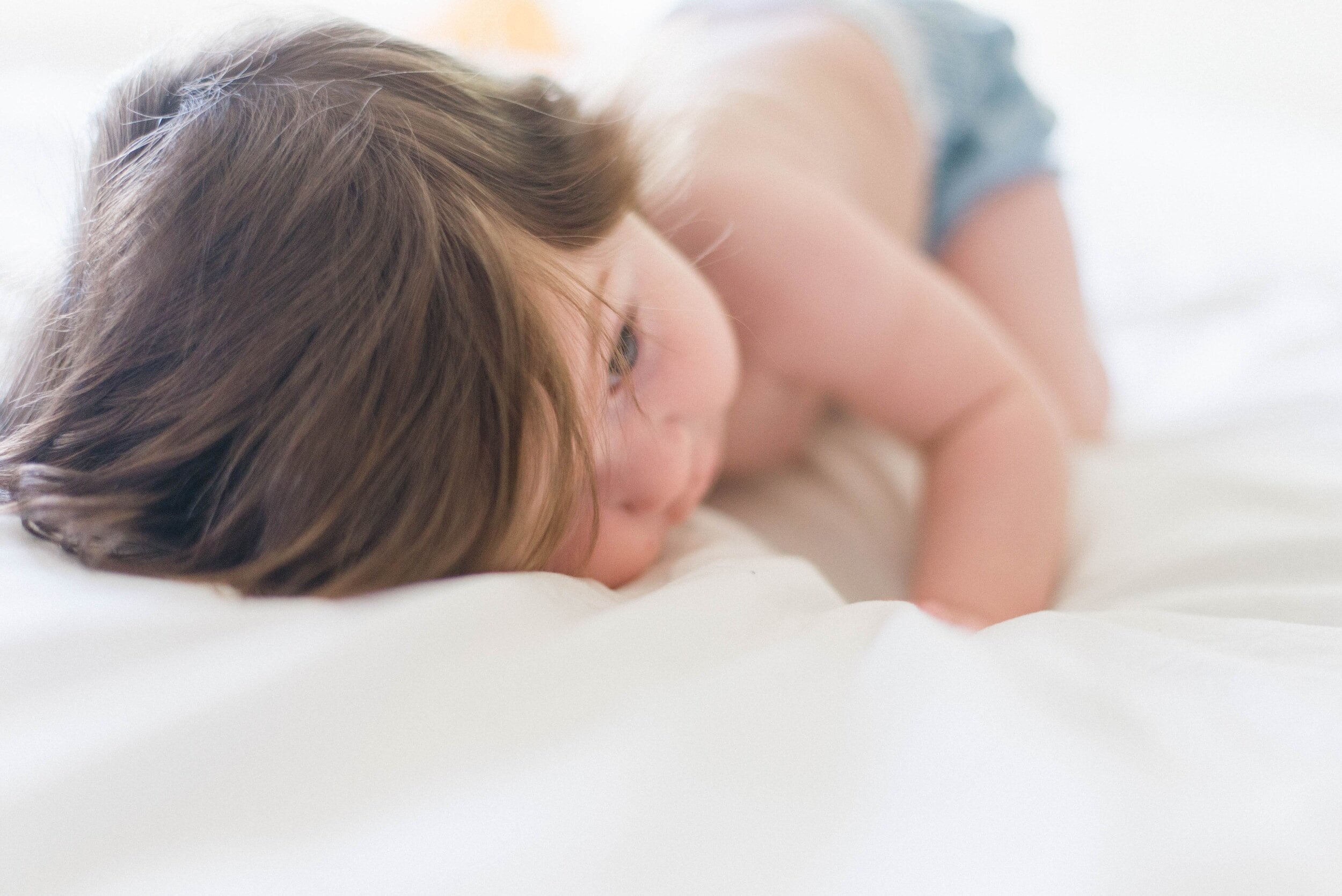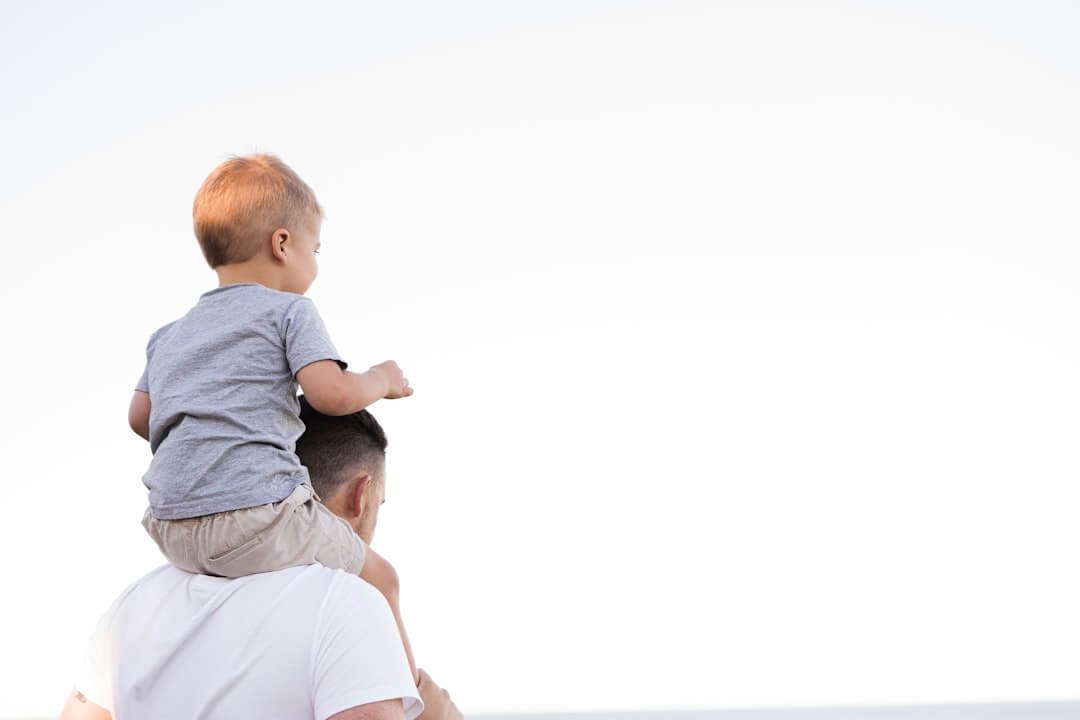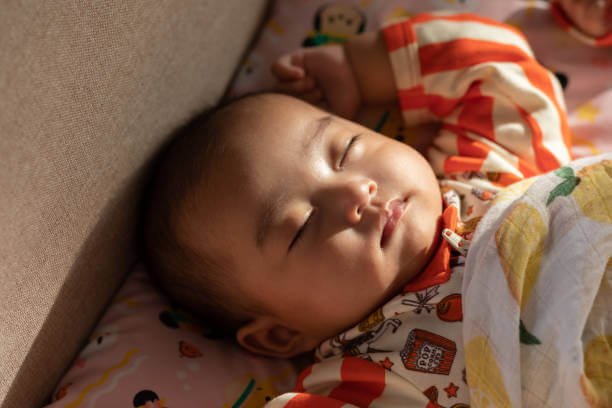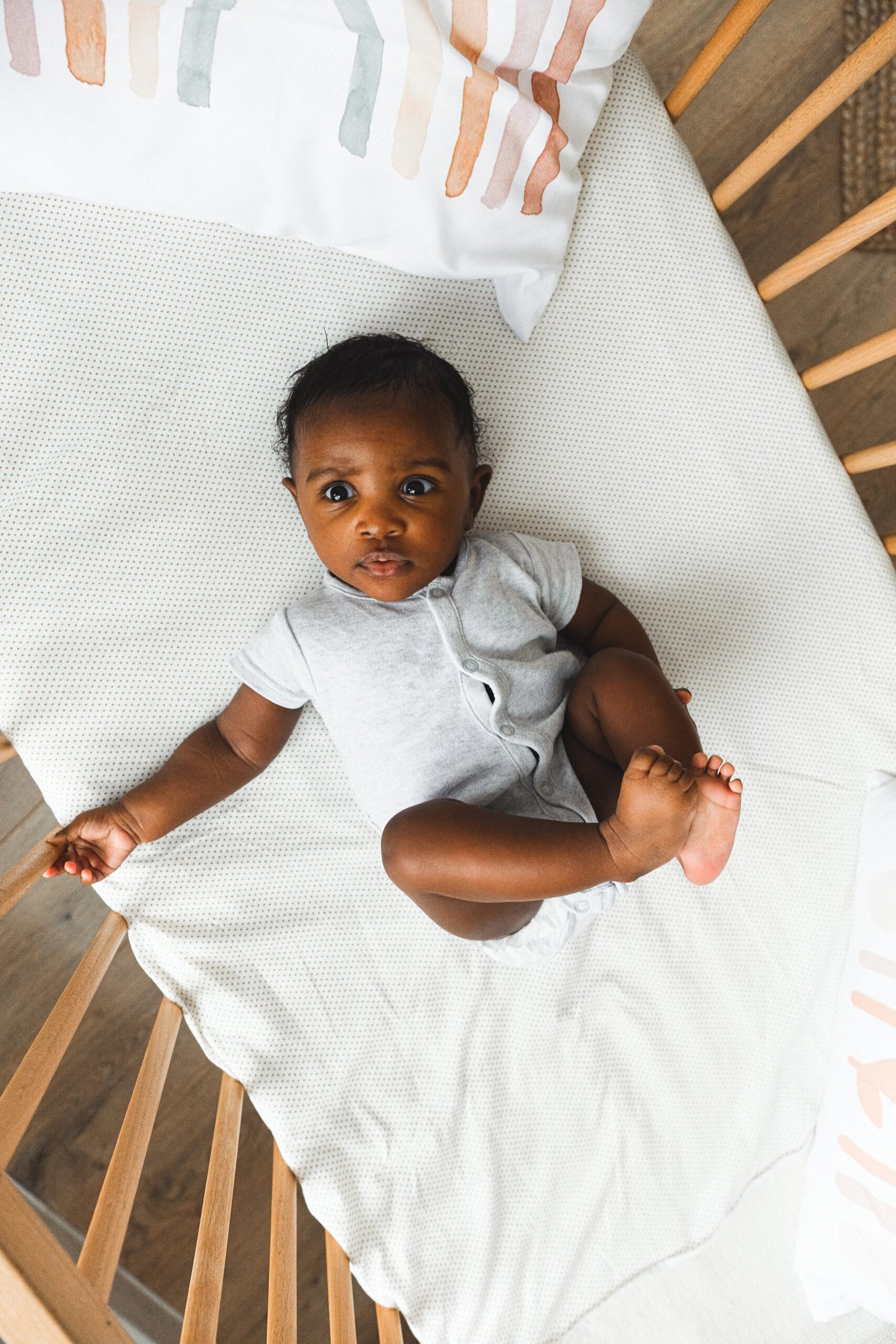I'm Rachael
Mom of 3 & Baby Sleep Expert with Big Sis Energy
& I’VE DONE ALL THE RESEARCH FOR YOU ALREADY.
Better sleep for the entire family
BROWSE COURSES
hey!
Cosleeping: Cultural Norms Around the World and in the U.S.
A Comparative Summary of Cosleeping as the Cultural Norm in Japan, Egypt, and Sweden vs. American Culture of Solitary Infant Sleep
An infant’s sleep and safety is a concern of every parent. Sleep location can play a factor when considering the safety of your infant while sleeping. While sleep location recommendations differ across cultures and countries, a baby seeking sensory proximity to its mother is universal. In North America, where an infant sleeps has become a topic of contention among parents, health care providers, and sleep experts. This contention may partly be due to different cultural practices of infant sleep coming to light in America. Research shows that the way a parent understands the nature, development, and meaning of behavior in a child are largely influenced and shared by their culture group or subgroup (Welles‐Nystrom, 2005). Culturally, American’s value independence which has resulted in high rates of infant solitary sleep and sleep training. Infant solitary sleep is considered the norm, and an infants success in sleeping alone is considered “independence training” (Belay et al., 2007). The belief that an infant should be independent is stemmed from valued adult American characteristics; autonomy and independence (Belay et al., 2007).
The American Academy of Pediatrics (AAP) currently recommends that an infant be placed on its back, on a firm surface, separate from mom for every sleep (AAP). The AAP also recommends room-sharing without bed-sharing with your infant for at least 6 months but ideally for a year (AAP). Many American health care providers scare parents away from bed-sharing and do not educate parents on how to safely bed-share, even though studies show many women fall asleep when nursing their baby at night (Hirai et al., 2019).
Among Americans, one study finds that racial/ethnic groups are a significant predictor of where an infant is placed to sleep with White Americans being more likely to place their infant to sleep alone in their own room than African Americans or Latino Americans (Belay et al., 2007). Another study found that 74.4% of American mothers placed their infant to sleep on a separate sleep surface following the AAP’s recommendation (Hirai et al., 2019). This same study also found that only 57.7% of mothers room-shared with their infant per the AAP’s recommendation (Hirai et al., 2019).
Americans have set up their safe sleep recommendations to mirror their cultural values of independence and autonomy and lack on teaching and educating mothers on safe bed-sharing. Other countries see this form of infant solitary sleep as an undesirable hardship on the infant and is even avoided by adults (Belay et al., 2007).
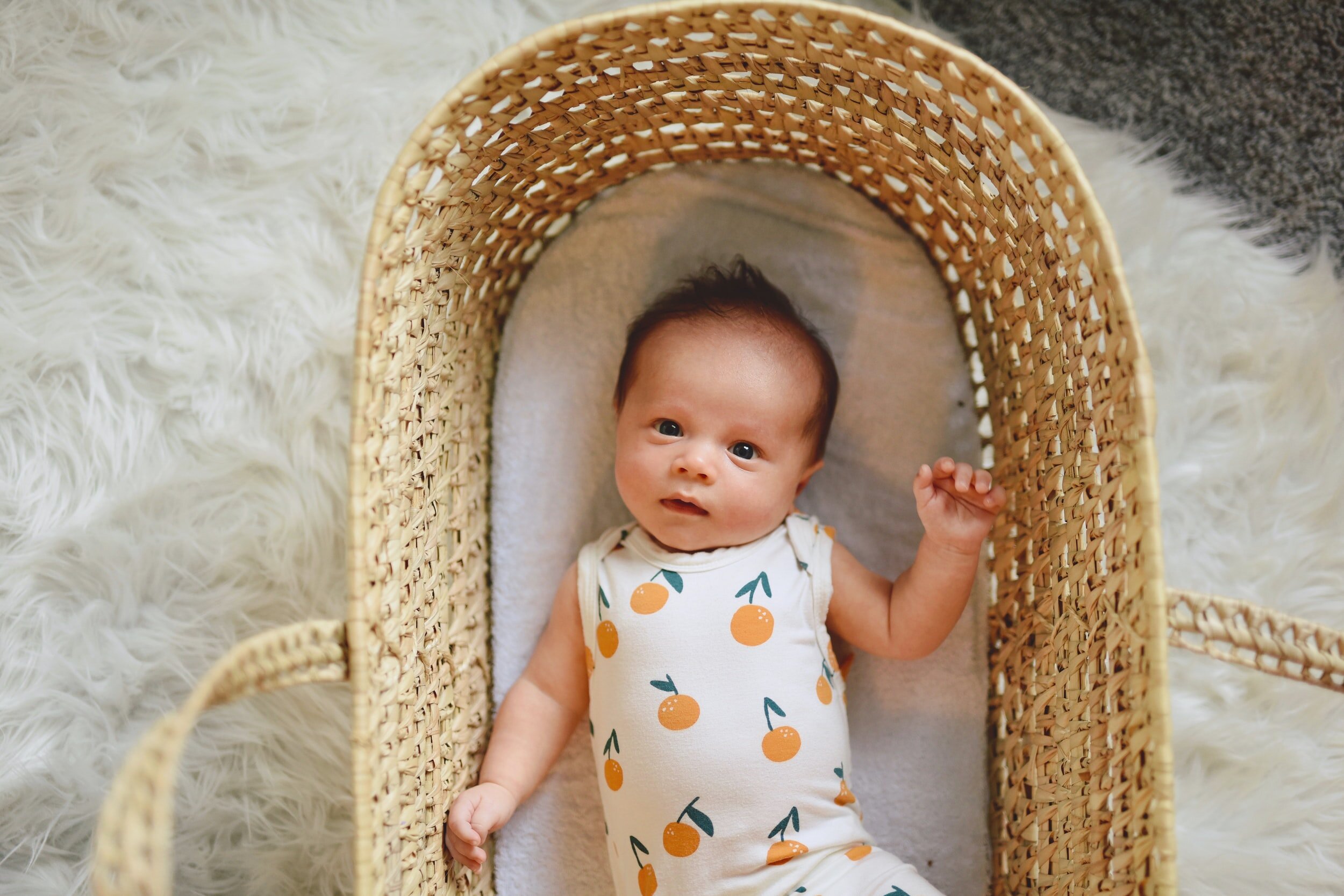
Americans have set up their safe sleep recommendations to mirror their cultural values of independence and autonomy.
Sweden is an established Western country where co-sleeping is the cultural norm (Welles‐Nystrom, 2005). Contrary to American beliefs, the Swedish believe that an infant’s autonomy and security are enhanced by co-sleeping rather than constrained by it (Welles‐Nystrom, 2005). Co-sleeping occurs over many years in Swedish families and is perceived as a normal family activity (Welles‐Nystrom, 2005). One study found that 72% of the families in their sample co-slept with their children (Welles‐Nystrom, 2005). The most common form of co-sleeping was the infant or child sleeping in their own bed and then coming into their parents’ bed upon their first wake (Welles‐Nystrom, 2005). Some Swedish parents apart of this study expressed their beliefs about co-sleeping saying, “the child is a natural being who needs a safe environment in which to develop”, “co-sleeping is thought of as normal”, they genuinely enjoy co-sleeping, “the child is considered an individual with certain rights” these rights include the right of access to the safety and comfort of the parent’s body at any time (Welles‐Nystrom, 2005, p. 357). Swedish parents enjoy co-sleeping and are comfortable advocating for it as a good developmental practice and allowing the child to have the security, safety, and comfort of their parents throughout the night if that is what they need (Welles‐Nystrom, 2005). Swedish parents are confident that the practice of co-sleeping will help their children be more secure and independent in the future (Welles‐Nystrom, 2005).

Swedish parents enjoy co-sleeping and are comfortable advocating for it as a good developmental practice
Egypt is a country that views sleeping as a form of social behavior (Brown & Worthman, 2007). Egyptians practice biphasic sleep due to their climate and workload; they also tend to have smaller homes and crowded towns (Brown & Worthman, 2007). Despite the lack of space they may have, Egyptians hold strong beliefs about the benefits of co-sleeping. “Co-sleeping is regarded as expectable, protective, comforting, and integral to foundational relationships and emotional patterns of family life” (Brown & Worthman, 2007, p. 124). Similar to Swedish beliefs, Egyptians believe that an infant should sleep with its mother for care, protection, and comfort (Brown & Worthman, 2007). Researchers found that 69% of the families in their sample bedshared with 1-4 people, only 21% of sleep was entirely solitary and was largely unmarried adult men (Brown & Worthman, 2007). When interviewing each Egyptian family, researchers found that ALL participants had co-slept with their parents from birth through infancy, most even longer (Brown & Worthman, 2007). Among this research group, children rarely slept alone (3%), children either slept with parents or siblings (Brown & Worthman, 2007). Researchers concluded that co-sleeping can be beneficial to all ages and may increase sleep quality (Brown & Worthman, 2007). It is obvious that sleep is a form of social behavior for Egyptians and is an integral factor for maintaining their familial relationships.

When interviewing each Egyptian family, researchers found that ALL participants had co-slept with their parents from birth through infancy, most even longer.
Japan is another country where co-sleeping is considered normal. Japan emphasizes collectivism, interdependence, and solidarity (Park et al., 2014). Japanese child-rearing values reflect these characteristics of their culture with an interdependence model where there are intense close relationships between mother and child, perceiving themselves as one with their infant (Park et al., 2014). Japanese mothers have even gone as far as reporting “considering sleeping alone merciless in forcing independence on infants” (Park et al., 2014, p. 2). After World War 2 Japan transformed into a wealthy urbanized country with advanced technology, high levels of education, and a nuclear family structure (Park et al., 2014). Researchers were curious if new ideas of independence would influence co-sleeping rates with predictions that rates would trend downwards. Researchers found that 72% of mothers reported sleeping within arms reach (co-sleeper next to bed or bedshared) of their infant and 20% reported sleeping out of reach of their infant in the same room (Park et al., 2014). Only 8% of mothers reported sleeping out of arms reach in a separate room as their infant, these mothers showed more individualistic beliefs (Park et al., 2014). Contemporary Japanese culture seems to still hold strong beliefs of interdependence as mothers still adhere to the interdependence model of child-rearing.

Japan is another country where co-sleeping is considered normal.
Cultures hold different beliefs about infant sleep location that stem from their cultural belief system of either independence or interdependence. Countries that are largely responsible for pushing independence on their children include the United Kingdom, United States, and Germany (Welles‐Nystrom, 2005). Countries such as Sweden, Egypt, and Japan value a child-rearing model of interdependence and hold beliefs that co-sleeping is developmentally beneficial to children. These opposing views show that there is no one size fits all to child-rearing and sleep practices, but shows that there is room for improvement in independent models of infant sleep as there are many benefits of co-sleeping.
Featured
Responsive sleep tips and support for parents of multiples or twins.
What are floor beds? When to use them? And How to use them?
All my tips for travling with little ones, plus where we stayed, where we ate, what we did, what we wore while on the beautiful island of Kauai.
Sources
Belay, S., Milan, S., Snow, S. (2007). The context of preschool children’s sleep: Racial/ethnic differences in sleep locations, routines, and concerns. Journal of Family Psychology, 21(1), 20–28. https://doi.org/10.1037/0893-3200.21.1.20
Brown, R., Worthman, C. (2007). Companionable sleep: Social regulation of sleep and cosleeping in Egyptian families. Journal of Family Psychology, 21(1), 124–135. https://doi.org/10.1037/0893-3200.21.1.124
Park, H., Greenfield, P., & Shimizu, M. (2014). Infant sleeping arrangements and cultural values among contemporary Japanese mothers. Frontiers in Psychology., 5. https://doi.org/10.3389/fpsyg.2014.00718
Welles‐Nystrom, B. (2005). Co‐sleeping as a window into swedish culture: Considerations of gender and health care. Scandinavian Journal of Caring Sciences, 19(4), 354-360. https://doi.org/10.1111/j.1471-6712.2005.00358.x
Links to Read More
Prevalence and Factors Associated with Safe Infant Sleep Practices https://pediatrics.aappublications.org/content/144/5/e20191286
American Academy of Pediatrics: Safe Sleep Recommendations
binge reads
We think you'll love these
You deserve to the
baby stage, not just "survive it."
And you DON'T have to sacrifice your values, ignore your instincts, or force yourself to follow a method you don't align with just to get your baby back to sleep.
I’m here to help you create a restful, sustainable sleep environment that honors both your baby’s needs AND your own (without the stress OR the guilt!) because, no, you don’t have to choose between the two.
enjoy!
BABY SLEEP COURSES →
BABY SLEEP CONSULTS →
Wish you could help your baby sleep better without resorting to sleep training? Download my FREE guide to a good night’s sleep and learn 8 simple, science-backed tips for supporting your child’s needs.
Traditional sleep training methods don’t have to be your solution to better sleep.
SLEEP TRAINING ISN’T THE ONLY WAY TO GET GOOD SLEEP
Hey, I'm Rachael and Hey, Sleepy Baby is for parents who want to get their nights back, without sleep training their babies.
NO ONE TOLD US POD
explorING the untold truths of parenting
